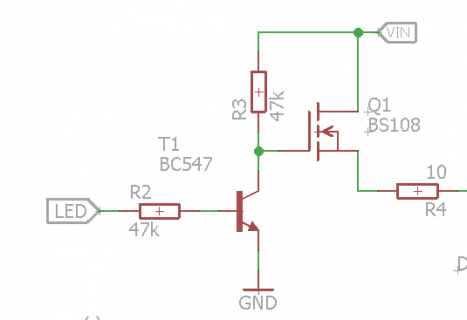Matadormac
Well-known member
Hi all.
I have a working battery powered portable light meter project using the ILI9341 TFT and XPT2046 touch screen. This is with a Teensy 3.2 There are also a number of sensors attached.
There are four active buttons on the TFT for various functions.
Right now a "No Touch" signal is sent if 30 seconds elapse without a touch on the TFT.
The project draws between .04 and .06 amps at USB voltage (using Adafruit USB power meter).
I would like to save power during intervals of "no touch". Can the power draw for the LCD be diminished somehow and then returned upon a fresh touch? I was wondering if the LCD backlight might be turned down or off.
I am not looking at a hibernate or snooze function right now but perhaps I should.
I am looking forward to your thoughts.
Thank you.
I have a working battery powered portable light meter project using the ILI9341 TFT and XPT2046 touch screen. This is with a Teensy 3.2 There are also a number of sensors attached.
There are four active buttons on the TFT for various functions.
Right now a "No Touch" signal is sent if 30 seconds elapse without a touch on the TFT.
The project draws between .04 and .06 amps at USB voltage (using Adafruit USB power meter).
I would like to save power during intervals of "no touch". Can the power draw for the LCD be diminished somehow and then returned upon a fresh touch? I was wondering if the LCD backlight might be turned down or off.
I am not looking at a hibernate or snooze function right now but perhaps I should.
I am looking forward to your thoughts.
Thank you.


